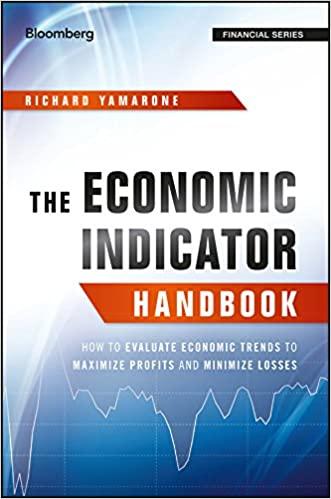Question
The first part of this exercise considers the basic variables of Harriss Economic Order Quantity (EOQ). I need your help for my meeting with our
The first part of this exercise considers the basic variables of Harriss Economic Order Quantity (EOQ). I need your help for my meeting with our Financial Comptroller Fred Ferguson and Purchasing Manager Peter Patrachalski. These two executives continue to argue with each other about our ordering policies. Both have agreed to use a sample part number as the basis of our discussion.
Assume:
- Cost to place an order is $48.00
- The minimum weight to qualify for a TL rate is 32,000 pounds
- Inventory carrying cost is 32%
- Our average order cycle time (from when we receive the order to customer receipt of product) is 8.2 days with a standard variation of 1.7 days
- Annual demand is 10,752 units
- Cost per unit is $112.00
- 15 units per case (but you do not have to order in case lots)
- 365 days in a year
Ferguson and Patrachalski have both been working for the company for 19 years. What is the cost difference between Ferguson's proposal to order 4 cases at a time and Patrachalski's proposal to order 32 cases at a time? (You must be accurate =/- $0.05)
Step by Step Solution
There are 3 Steps involved in it
Step: 1

Get Instant Access to Expert-Tailored Solutions
See step-by-step solutions with expert insights and AI powered tools for academic success
Step: 2

Step: 3

Ace Your Homework with AI
Get the answers you need in no time with our AI-driven, step-by-step assistance
Get Started


